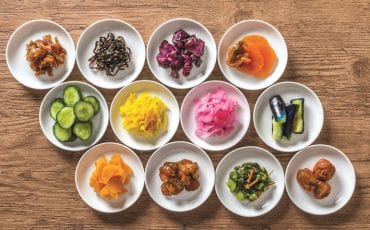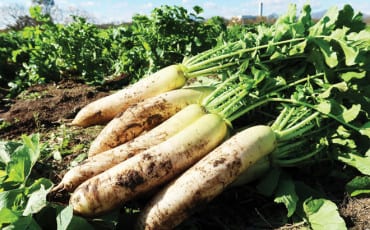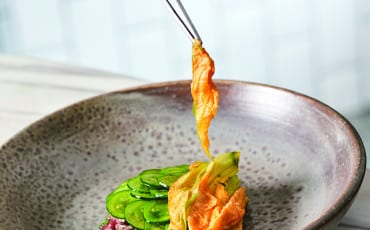Articles
Recipes
Oct 17, 2019
World of WAGYU
Thanks to the booming popularity of Japanese food, wagyu is famous all over the world. Simply meaning “Japanese beef”, wagyu is prized by gourmets for its excellent quality: quality of marbling fat, bright red colour, firm and smooth texture, and glossy lustre. The rich marbling of wagyu in particular results in a high-grade beef that is tender and melts in your mouth. The taste of wagyu is just as delicate
and rich, with sweet and umami flavours. These delicious characteristics are wagyu’s biggest draws, and it is no wonder that wagyu is loved by the Japanese, as well as foodies from around the world.
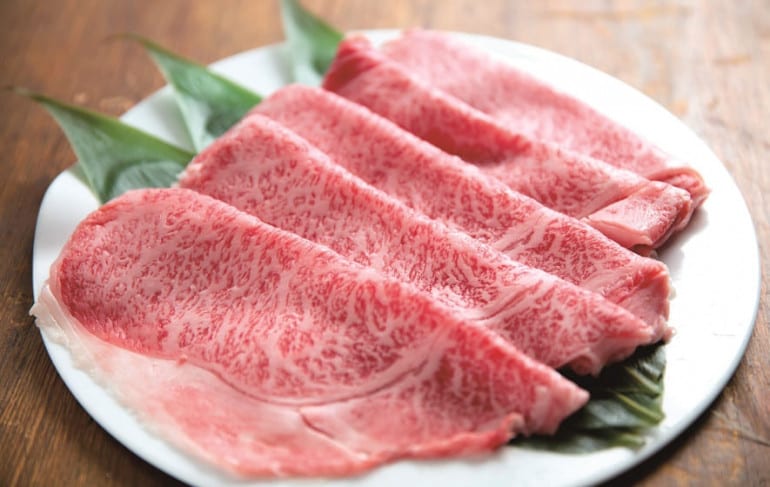
The production of wagyu in Japan follows strict quality controls. Only four breeds of cattle are recognised as wagyu: Japanese Black (Kuroge), Japanese Brown (Akage), Japanese Polled (Mukaku) and Japanese Shorthorn (Nihon Tankaku). These breeds emerged by crossbreeding native Japanese cattle with imported western cattle in the late 19th and 20th centuries. It is this genetic factor that gives wagyu its distinctive, world-famous marbling.
The most common wagyu breed is Japanese Black, which accounts for 90 percent of all wagyu produced in Japan and is raised across the country. The rarest is Japanese Polled, of which only about 100 cattle remain, in Yamaguchi Prefecture. Japanese Brown is raised in Kumamoto and Kochi Prefectures, while Japanese Shorthorn is bred in Hokkaido and the Tohoku region.
Famous wagyu brands and production areas include Kobe beef from Hyogo Prefecture, Matsusaka beef from Mie Prefecture, Yonezawa beef from Yamagata Prefecture, Hida beef from Gifu Prefecture and Miyazaki beef from Miyazaki Prefecture. These are all varieties of Japanese Black cattle that have been bred according to each area’s production and certification standards.
In general, the taste of beef varies according to the cut and cooking method. The highest grade of beef and the rarest of cuts is filet mignon, which is best served as steak. If you prefer a moderately fatty cut, choose sirloin. Sirloin and chuck eye are often used in high-end Japanese cuisines, such as shabu shabu and sukiyaki. Thinly sliced beef is often used in home cooking, such as nikujaga (beef with potatoes) and stir-fried dishes.
Unlike ordinary beef, premium wagyu from Japan is going to be expensive, even if it is cubed or sliced. But with its rich taste and high-grade cuts, purebred wagyu lets you enjoy fine flavours that cannot be found in other varieties of beef such as Holstein, Angus or hybrid breeds.
Wagyu Recipes
WAGYU STEAK
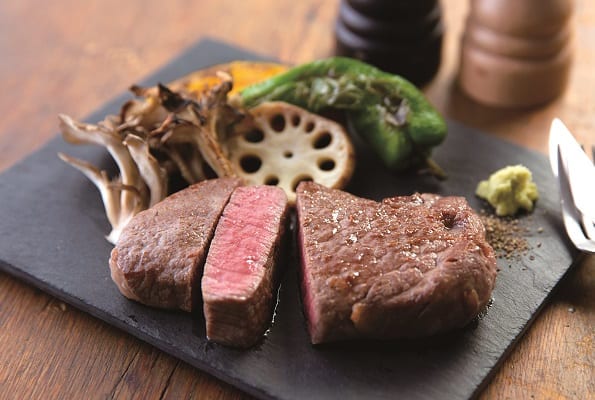
Grilling wagyu results in meat that is slightly crispy on the outside and juicy on the inside, thanks to its firm texture and even marbling. Its sweet, fatty taste is beautifully enhanced by the high-quality black pepper easily found in Sarawak, Malaysia. In Japan, it is common to eat wagyu with a sprinkling of natural salt and a dab of wasabi.
INGREDIENTS (Serves 2)
Wagyu fillet, thickly sliced (about 1cm)
Beef tallow, as required
Salt and pepper, to season
Freshly ground black pepper, to serve
Freshly grated wasabi, to serve
*Wasabi is most delicious when freshly grated, so rub it in just before eating.
*The pepper from Sarawak, Malaysia is spicy and a good match.
METHOD
1. Ensure that the wagyu fillet is brought to room temperature before cooking. Sprinkle 0.8 percent of the fillet’s weight in salt and pepper over the meat.
2. Heat beef tallow in the frying pan and let the wagyu fillet brown on both sides. Turn over only once.
3. When the meat is cooked to your liking, take the pan off the heat. Wrap the meat in aluminium foil to let the juices settle.
4. Once cooled, cut the meat into bite-size pieces and serve on a plate.
SUKIYAKI
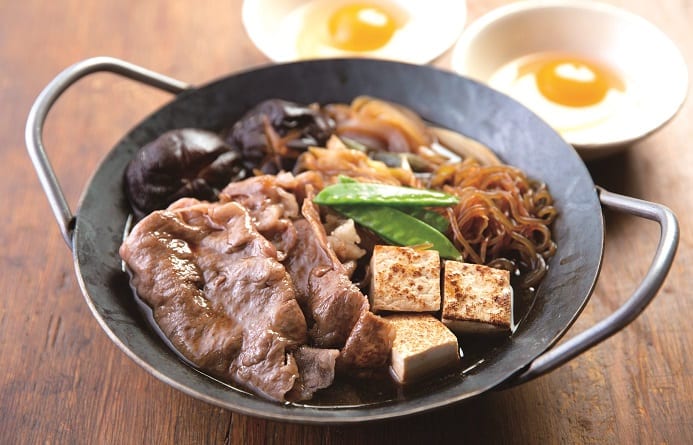
This is a feast for when the family is gathered around the Japanese dinner table. Various ingredients are used, depending on the household. In some regions, it is customary to have sukiyaki at the end of the year.
INGREDIENTS (Serves 2)
200g beef loin (wagyu or other beef),
thinly sliced
Beef tallow, as required
1 Japanese leek, sliced
diagonally into 3–4cm pieces
1⁄2 onion, sliced thinly
4 shiitake mushrooms, stems cut off
100g boiled konjac noodles, cut into bite-size pieces
10 snow peas (mangetout), trimmed
100g firm tofu, cut into 3cm cubes
1 egg, raw
MIXTURE A
-100ml sake
-100ml mirin
-100ml soya sauce
-30g granulated sugar
METHOD
1. For Mixture A, combine the sake and mirin in a pot and boil over high heat. Reduce heat, then add the soya sauce and granulated sugar. When the sugar has melted, turn off the heat.
2. Fry the sliced sirloin on both sides quickly. Add a little of Mixture A to taste.
3. Add the mushrooms, leek, onion, noodles, snow peas and tofu to the pan. Then add the remaining Mixture A and simmer for a few minutes.
4. Serve with the beaten egg on the side. Dip the beef into the egg, eat and enjoy!

Sugimoto restaurant is directly managed by a famous Japanese butcher with a long tradition.
Enjoy premium wagyu steak, sukiyaki and shabu shabu.
Find out more about Sugimoto at www.oniku-sugimoto.com.
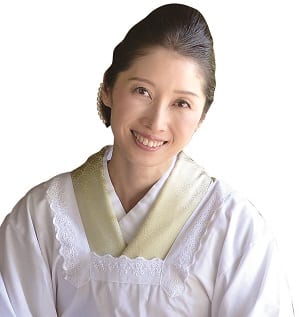
AYA OSADA
Japan Food Expert strongly believes in the concept “to eat is to live”. This is a company that cherishes the environment, nature and the bonds of people. Their top priority is creating and spreading health and happiness through rich cuisine.
Website: https://imakoya.com/






